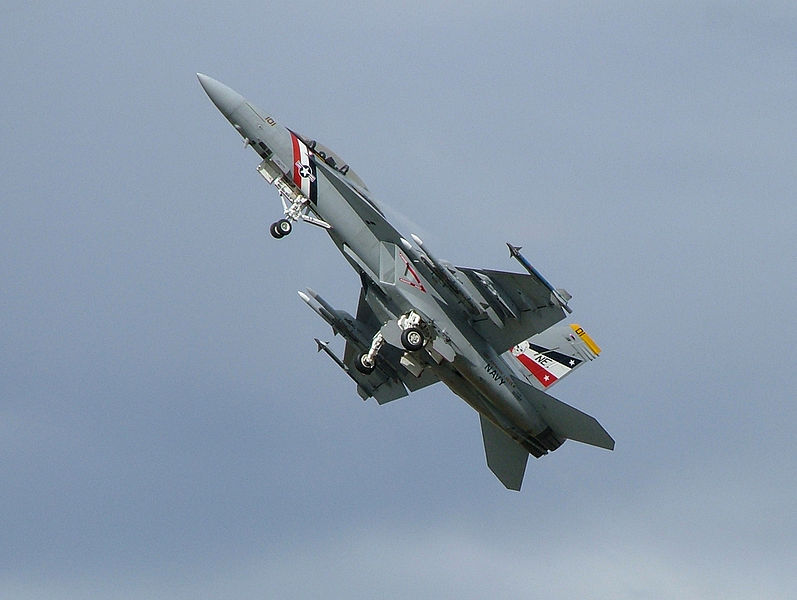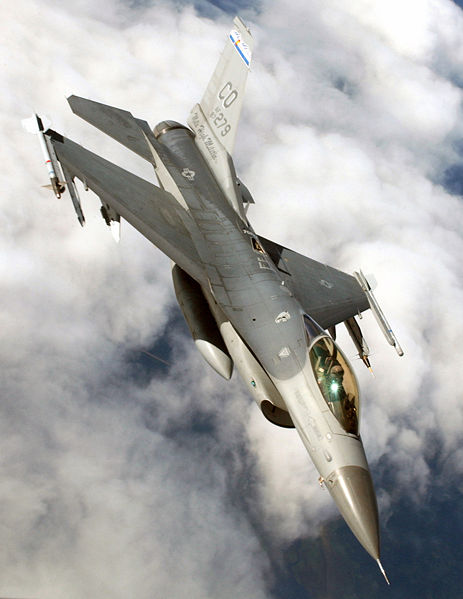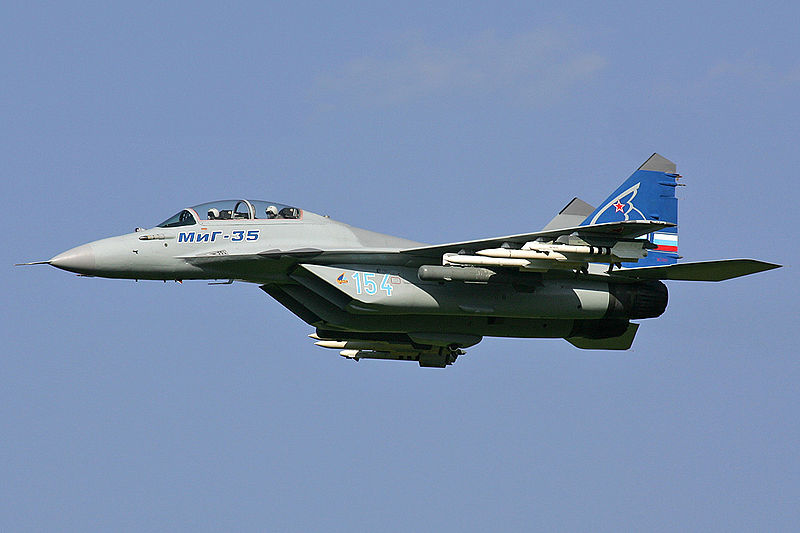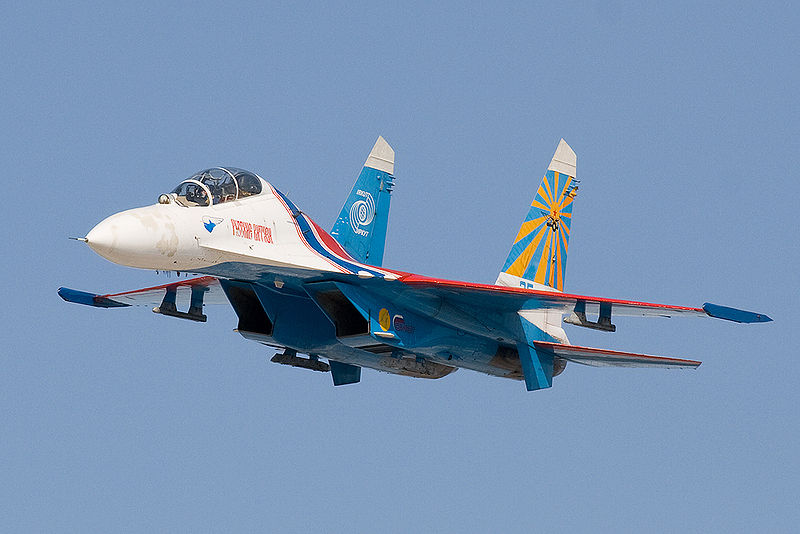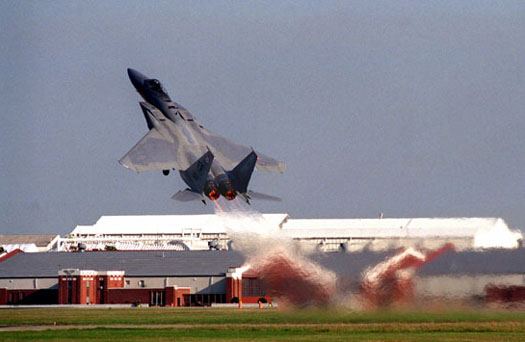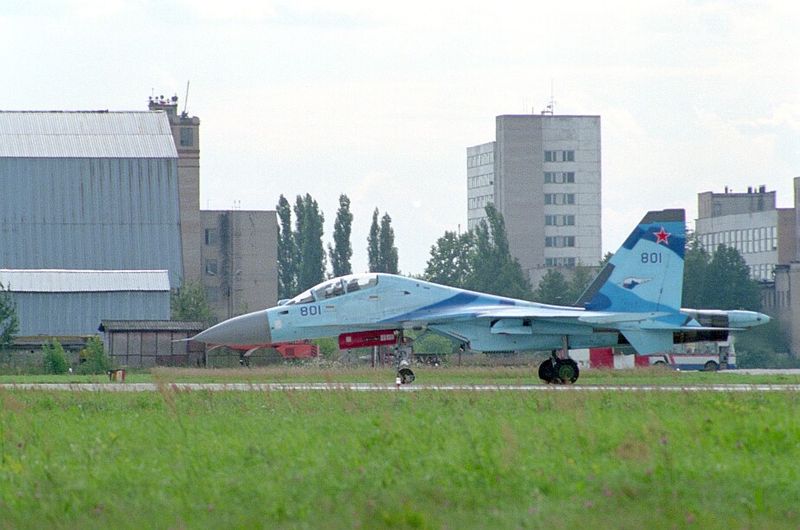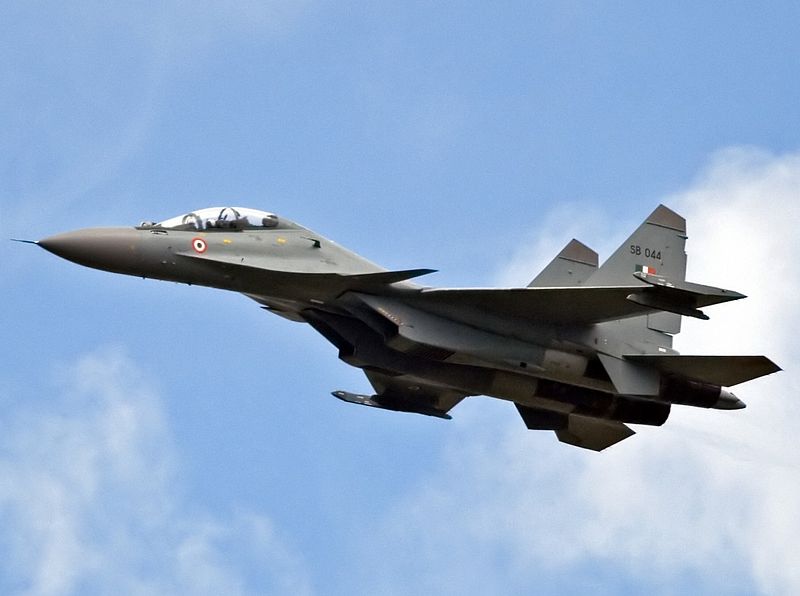Autonomic Logistics (AL)
Because logistics support accounts for two-thirds of an aircraft's life cycle cost, the F-35 will achieve unprecedented levels of reliability and maintainability, combined with a highly responsive support and training system linked with the latest in information technology. The aircraft will be ready to fight anytime and anyplace. Autonomic Logistics (AL) is a seamless, embedded solution that integrates current performance, operational parameters, current configuration, scheduled upgrades and maintenance, component history, predictive diagnostics (prognostics) and health management, and service support for the F-35. Essentially, AL does invaluable and efficient behind-the-scenes monitoring, maintenance and prognostics to support the aircraft and ensure its continued good health.
Because logistics support accounts for two-thirds of an aircraft's life cycle cost, the F-35 will achieve unprecedented levels of reliability and maintainability, combined with a highly responsive support and training system linked with the latest in information technology. The aircraft will be ready to fight anytime and anyplace. Autonomic Logistics (AL) is a seamless, embedded solution that integrates current performance, operational parameters, current configuration, scheduled upgrades and maintenance, component history, predictive diagnostics (prognostics) and health management, and service support for the F-35. Essentially, AL does invaluable and efficient behind-the-scenes monitoring, maintenance and prognostics to support the aircraft and ensure its continued good health.
Integrated Communications, Navigation and Identification Avionics
Northrop Grumman Space Technology's integrated avionics satisfy the requirements for greatly increased functionalities within extreme space and weight limitations via modular hardware that could be dynamically programmed to reconfigure for multiple functions. This "smart"-box approach delivers increased performance, quicker deployment, higher availability, enhanced scalability and lower life cycle costs.
Northrop Grumman Space Technology's integrated avionics satisfy the requirements for greatly increased functionalities within extreme space and weight limitations via modular hardware that could be dynamically programmed to reconfigure for multiple functions. This "smart"-box approach delivers increased performance, quicker deployment, higher availability, enhanced scalability and lower life cycle costs.
Interoperability
The F-35 will have the most robust communications suite of any fighter aircraft built to date. The F-35 will be the first fighter to possess a satellite communications capability that integrates beyond line of sight communications throughout the spectrum of missions it is tasked to perform. The F-35 will contain the most modern tactical datalinks which will provide the sharing of data among its flight members as well as other airborne, surface and ground-based platforms required to perform assigned missions. The commitment of JSF partner nations to common communications capabilities and web-enabled logistics support will enable a new level of coalition interoperability. These capabilities allow the F-35 to lead the defense community in the migration to the net-centric warfighting force of the future.
The F-35 will have the most robust communications suite of any fighter aircraft built to date. The F-35 will be the first fighter to possess a satellite communications capability that integrates beyond line of sight communications throughout the spectrum of missions it is tasked to perform. The F-35 will contain the most modern tactical datalinks which will provide the sharing of data among its flight members as well as other airborne, surface and ground-based platforms required to perform assigned missions. The commitment of JSF partner nations to common communications capabilities and web-enabled logistics support will enable a new level of coalition interoperability. These capabilities allow the F-35 to lead the defense community in the migration to the net-centric warfighting force of the future.
Low Observability
An integrated airframe design, advanced materials and an axisymmetric nozzle maximize the F-35's stealth features.
An integrated airframe design, advanced materials and an axisymmetric nozzle maximize the F-35's stealth features.
Multi-Function Display System
An 8"x20" Multi-Function Display System (MFDS) will be the panoramic projection display for the F-35. MFDS employs leading edge technology in projection engine architecture, video, compression, illumination module controls and processing memory – all of which will make the MFDS the most advanced tactical display. One-gigabyte-per-second data interfaces will enable the MFDS to display six full motion images simultaneously. The adaptable layout will be easily reconfigurable for different missions or mission segments. Projection display technology will provide a high-luminance, high-contrast, and high-resolution picture with no viewing angle effect.
An 8"x20" Multi-Function Display System (MFDS) will be the panoramic projection display for the F-35. MFDS employs leading edge technology in projection engine architecture, video, compression, illumination module controls and processing memory – all of which will make the MFDS the most advanced tactical display. One-gigabyte-per-second data interfaces will enable the MFDS to display six full motion images simultaneously. The adaptable layout will be easily reconfigurable for different missions or mission segments. Projection display technology will provide a high-luminance, high-contrast, and high-resolution picture with no viewing angle effect.
Multi-Mission Active Electronically Scanned Array (AESA) Radar
Northrop Grumman Electronic Systems is developing the Multi-Mission Active Electronically Scanned Array (AESA) Radar for the F-35. This advanced multi-function radar has gone through extensive flight demonstrations during the Concept Demonstration Phase (CDP). The radar will enable the F-35 JSF pilot to effectively engage air and ground targets at long range, while also providing outstanding situational awareness for enhanced survivability.
Northrop Grumman Electronic Systems is developing the Multi-Mission Active Electronically Scanned Array (AESA) Radar for the F-35. This advanced multi-function radar has gone through extensive flight demonstrations during the Concept Demonstration Phase (CDP). The radar will enable the F-35 JSF pilot to effectively engage air and ground targets at long range, while also providing outstanding situational awareness for enhanced survivability.
Propulsion
The F-35 Propulsion Systems are the most powerful fighter/attack turbofans in the world. There are two manufacturers with propulsion systems currently being tested. The propulsion systems are interchangeable and both will power the F-35. There are two major engine variants for the F-35. One engine will power the CTOL and CV versions of the aircraft, while the other will power the STOVL version. The F135 engine is made by Pratt & Whitney.
The F-35 Propulsion Systems are the most powerful fighter/attack turbofans in the world. There are two manufacturers with propulsion systems currently being tested. The propulsion systems are interchangeable and both will power the F-35. There are two major engine variants for the F-35. One engine will power the CTOL and CV versions of the aircraft, while the other will power the STOVL version. The F135 engine is made by Pratt & Whitney.
F135
The Pratt & Whitney F135 family of advanced propulsion systems utilize cutting edge technology to provide the F-35 with higher performance than conventional fighter aircraft. The engine consists of a 3-stage fan, a 6-stage compressor, an annular combustor, a single stage high-pressure turbine, and a 2 stage low-pressure turbine.The F135 is currently in the SDD phase. The F135 is using the lessons learned from the F119 engine core and the JSF119 during the CDA stage to reduce risk in SDD. During SDD the F135 test engines will undergo a range of ground and flight tests to simulate various mission profiles. In these tests the system demonstration engines will be run for hours throughout various flight envelopes to ensure they meet performance requirements. One of the vital milestone tests occured at the end of 2003 with the first F135 engine to test.The first CTOL F135 engine test occurred on 11 October 2003. The first STOVL F135 engine test occurred on 14 April 2004. To date over 2,000 hours have been accumulated on the F135 test engines.Rolls-Royce Lift System
Rolls-Royce is subcontracted to Pratt & Whitney on the F135 to provide the Lift System for the F-35. The Lift System is comprised of the Lift Fan, Clutch, Drive Shaft, Roll Posts and the Three Bearing Swivel Module (3BSM).Shaft Driven Lift Fan (SDLF)
Lockheed Martin developed the idea for a Short Take-Off Vertical Landing (STOVL) lift system that uses a vertically oriented Shaft Driven Lift Fan (SDLF). A two-stage low-pressure turbine on the engine provides the horsepower necessary to power the Rolls-Royce designed Lift Fan. The Lift Fan generates a column of cool air that provides nearly 20,000 pounds of lifting power using variable inlet guide vanes to modulate the airflow, along with an equivalent amount of thrust from the downward vectored rear exhaust to lift the aircraft. The Lift Fan utilizes a clutch that engages the shaft drive system for STOVL operations. Because the lift fan extracts power from the engine, exhaust temperatures are reduced by about 200 degrees compared to traditional STOVL systems.The SDLF concept was successfully demonstrated through a Large Scale Powered Model (LSPM) in 1995-96 and during the flight-testing of the X-35B during the summer of 2001. The Lift Fan, a patented Lockheed Martin concept, was developed and produced by Rolls-Royce Corp. in Indianapolis, Indiana and in Bristol, England.
Robust Structure
Continuous tailhook-to-nose-gear structure and catapult-compatible nose gear launch system are strengthened for catapult and arresting loads.
Continuous tailhook-to-nose-gear structure and catapult-compatible nose gear launch system are strengthened for catapult and arresting loads.



















 [5]
[5]







 2. OUTER MARKER (OM): The outer marker (if installed) is located 3 1/2 to 6 NM from the threshold within 250 ft of the extended runway centerline. It intersects the glide slope vertically at approximately 1,400 ft above runway elevation. It also marks the approximate point at which aircraft normally intercept the glide slope, and designates the beginning of the final approach segment. The signal is modulated at 400 Hz, which is an audible low tone with continuous Morse code dashes at a rate of two dashes per second. The signal is received in the aircraft by a 75 MHz marker beacon receiver. The pilot bears a tone over the speaker or headset and sees a blue light that flashes in synchronization with the aural tone (see the Marker Beacon Lights figure, above right). Where geographic conditions prevent the positioning of an outer marker, a DME unit may be included as part of the ILS system to provide the pilot with the ability to make a positive position fix on the localizer. In most ILS installations, the OM is replaced by an NDB.
2. OUTER MARKER (OM): The outer marker (if installed) is located 3 1/2 to 6 NM from the threshold within 250 ft of the extended runway centerline. It intersects the glide slope vertically at approximately 1,400 ft above runway elevation. It also marks the approximate point at which aircraft normally intercept the glide slope, and designates the beginning of the final approach segment. The signal is modulated at 400 Hz, which is an audible low tone with continuous Morse code dashes at a rate of two dashes per second. The signal is received in the aircraft by a 75 MHz marker beacon receiver. The pilot bears a tone over the speaker or headset and sees a blue light that flashes in synchronization with the aural tone (see the Marker Beacon Lights figure, above right). Where geographic conditions prevent the positioning of an outer marker, a DME unit may be included as part of the ILS system to provide the pilot with the ability to make a positive position fix on the localizer. In most ILS installations, the OM is replaced by an NDB.
